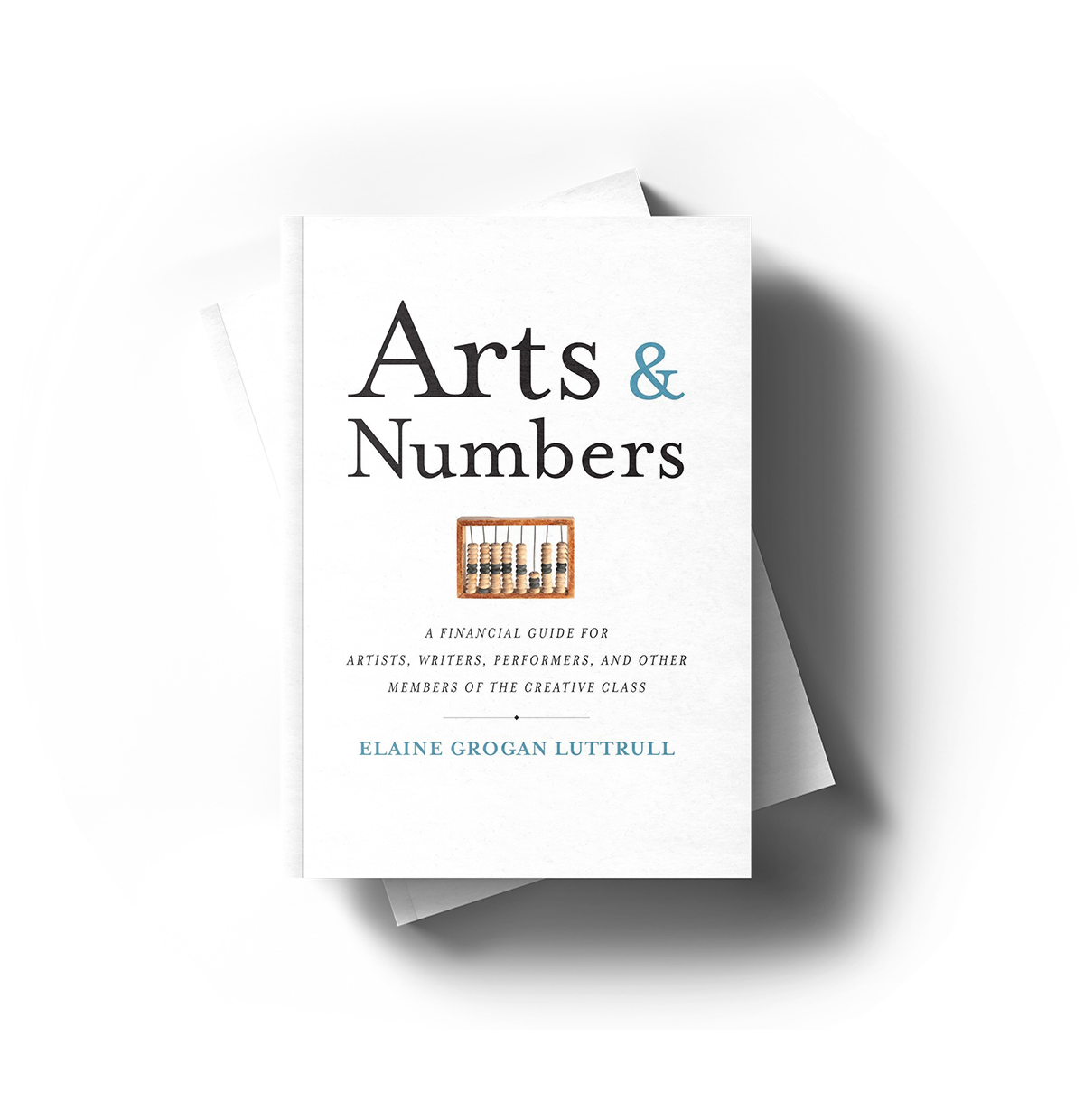December 5, 2016 • Curriculum

For some, saying “no” is a challenge unlike any other. Here are a few of our preferred approaches for saying “no” nicely and professionally. Feel free to adopt the vocabulary and make it your own. Practicing in the mirror (or with a trusted peer) helps too.
The Capacity Limit
Let’s be honest: Do you really have time to take on another project this month? If so, go nuts. If not, say no. You are not required to take on work just because it is offered, especially if your budget is under control and you’ve met your revenue goals for the year.
“I have no capacity for that [project/job/gig/mind-numbing assignment] right now.”
Feel free to add some softening language like, “I wish I could,” or “I apologize for not being able to help” if you’d like. After all, the words you say should reflect your authentic business practices.
But softening language is not required. You get to choose which projects to accept and which ones to decline. After all, every “yes” is really a “no” to something else, whether that something else is sleep, binge-watching every holiday special imaginable, or time spent on another project.
The Timing Trick
This “no” is one of our favorites because it isn’t really a “no.” It’s more of a “not yet.” Let’s pretend you really want to do the project. (That’s the first step. If you don’t want to do the project, then a simple “no thank you” will do.) But you may not have the time to devote to it right now. By saying yes to the project at a future date, your current “no” becomes a “yes” when it works within your schedule.
“Sure – That sounds amazing. I’m currently booking projects for mid-January. Why don’t I send you a contract and an outline of timing and we can go from there?”
By leading with enthusiasm and stating the project’s start date, you immediately take control of the timing. Best Case Scenario: The client agrees with your proposed timing. Second Best Case Scenario: The client pushes back and asks for an expedited timeline. Then you can determine what additional price (a rush fee, some sort of expedited surcharge) makes it worthwhile for you, assuming there is a price that makes it worthwhile for you. (Yet again, if your budget is under control and you’ve met your revenue goals for the year, there may not be a price high enough to make it worthwhile for you. And that’s okay too.)
The Truth
The absolute best way to say no? It’s easy. It’s quick. Editors love it because it is impossible to shorten the word choice or word count any further. And it’s truthful. Have you guessed it yet? It’s just that: “No.”
“No.” (Keep pausing… No need to rush this.)
“No.” (Doesn’t it feel great?!?)
It’s particularly effective when accompanied by a confident smile (the no-teeth kind) and a long pause. Because after all, “no” is a complete sentence.
Want More?
Setting a budget and connecting spending and revenue goals to your creativity can help you know whether or not “no” is an option. Budgeting Basics, our online, self-study course can help you get a handle on your revenue goals for a period of time. The bonus? Elaine will review the budget you prepare and share some thoughts with you…


